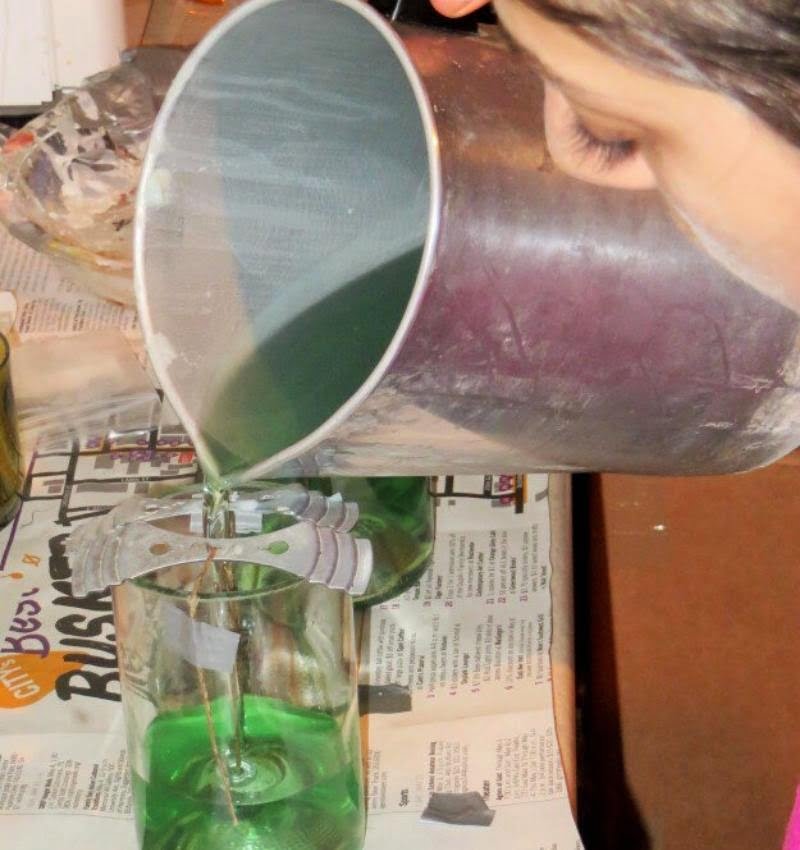## Where Does Candle Wax Come From?
Have you ever stopped to think about the origins of the lovely candle wax that wafts fragrances and ambiance into our homes? Throughout history, wax has been extracted and rendered from plants, insects, and mammals by thoughtful craftspeople.
### Plants as Sources of Wax
The best-known plant source for wax is the bayberry shrub, Myrica cerifera . Native to North America, the bayberry produces small wax-coated berries. The berries are harvested and placed in pots. As the pot is heated and the wax melts, it’s poured from the pan and cooled, resulting in bayberry wax which is light grey to light yellow in color.
The bayberry wax, orcera wax, was a key ingredient in early candle making close to what we know as colonial-crafted candles.
Candle makers have relied on plants for wax throughout history, including:
* Beeswax, which is collected after being secreted by honey bees
* Jojoba (Simmondsia chinensis), which produces a golden wax that hardens upon contact with air
* Carnauba (Copernicia prunifera), another wax-producing plant native to South America, which produces a hard wax thanks to its high carnauba acid level
### Insect Wax
Different species of insects have also produced wax. Chinese craftspeople have extracted wax from lac bugs, Laccifer lacca, for centuries, using the same process used for bayberry wax. The wax is produced by the insect either to protect its eggs or to make its shell. Each lac bug secretes red or black scales, and when the scaling stops, the wax can be harvested to make wax for different products, including candles.
### Mammal Wax
Candle makers have sourced mammal wax from animal fat for centuries. Tallow, a product produced from rendered beef or mutton fat, has been the traditional ingredient for tallow candles. Early beeswax tallow candles were admired for their long-lasting burn time, however they had a smokey combustion and unpleasant odor.
Today, in regions where beeswax is cost-prohibitive, stearin–a by-product of hydrogenated vegetable oil–is used.
### How Candles are Made
The most commonly seen contemporary candles are made with paraffin wax, a by-product of refined crude oil. It is processed to combine liquid and solid hydrocarbons, resulting in the crystallized form of candle wax.
Fragrance-infused paraffin candles are usually made by pouring the liquid wax into heat resistant containers, such as mason jars. As the wax hardens in the container, the wick is placed at the center to act as the igniter. For pillar-style candles, the process is similar. The wax is poured into molds, the wicks anchored at the center, and the wax is allowed to harden fully.
In essence, candle wax comes from a variety of sources, from plants and insects to mammals. Candle makers have harvested and rendered these sources for centuries to adorn our homes and bring ambient light, warmth, and pleasant scents into our spaces.

Welcome to my candle making blog! In this blog, I will be sharing my tips and tricks for making candles. I will also be sharing some of my favorite recipes.

